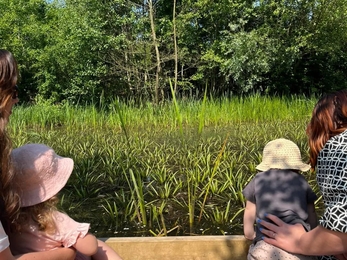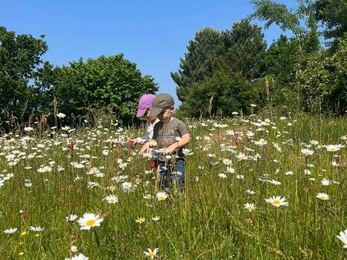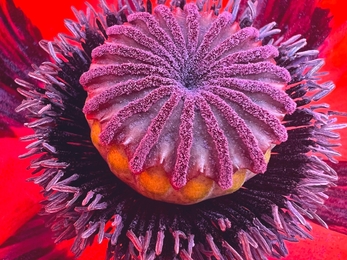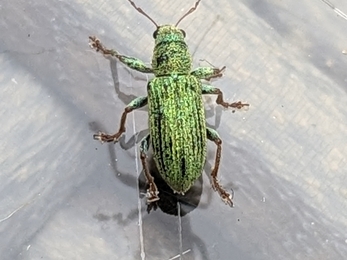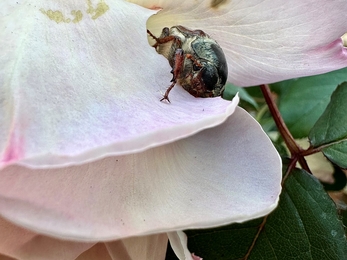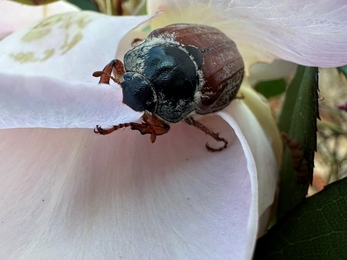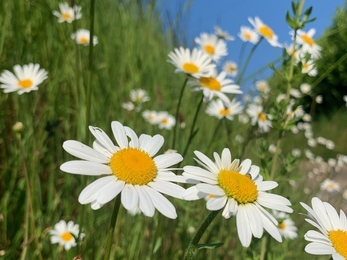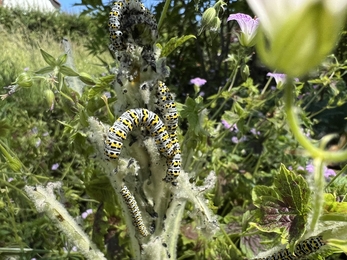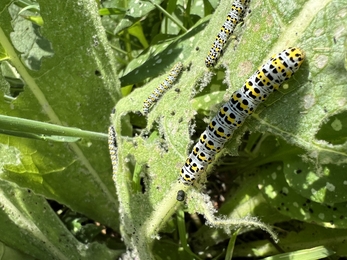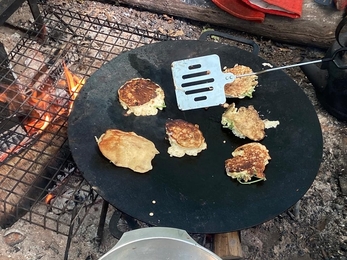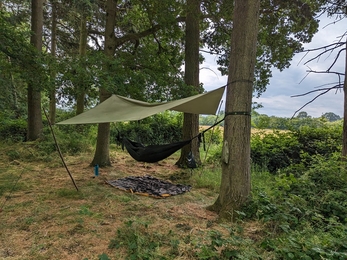For Day 9 of 30 Days Wild, Faye, Wilder Communities Assistant, has been at the Suffolk Show Ground with some of our Wild Tots to search for invertebrates amongst the beautiful oxeye daisies.
Faye says, "The sun shone as we made our way through the oxeye daisies in search of sun-loving invertebrates. We used sweep nets, which are great for finding species in long grasses and wildflowers. We found grasshoppers, malachite beetles, ladybirds, and spiders, and observed bumblebees hard at work collecting nectar.
We also watched dragonflies and damselflies darting across the pond, chatted about stag beetles, and collected natural treasures to display on our rope mobile."
You can find out more about Wild Tots and book to join in here.

